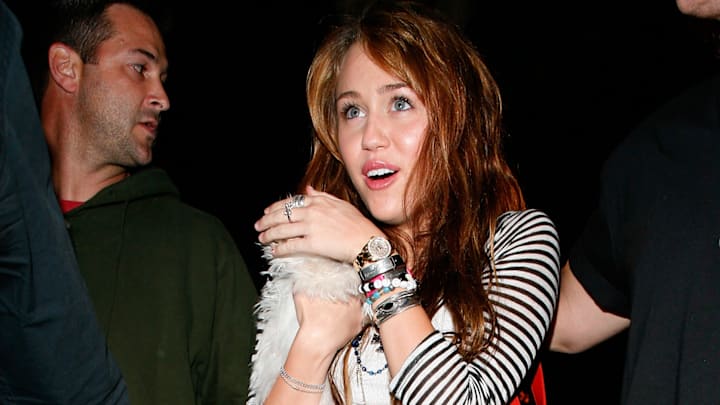The tradition of having a family pet adapts with each generation. While your parents or grandparents may have grown up with an outdoor dog, young people view their four-legged companions differently. A recent study revealed some interesting trends in pet owner behavior that may relate to a few key benefits you might even already enjoy.
Which Study Are People Discussing?
CouponBirds recently released a consumer expenditure report on pet spending trends based on generational groups. While this information is relevant for businesses providing animal goods or services, it’s also helpful for anyone with a dog or cat.
Ever wondered if you’re the only one with bags of treats arriving at your house on autoship? Maybe you worry about unknowingly spending more than you should on dog grooming or cat toys. CouponBird’s report may help you understand if you have standard spending habits.
The Latest Trends in Pet Owner Behavior
The most notable trend from CouponBirds’ study is the generational shift in pet care spending between Gen Z and millennials. If you’re unsure which decades make the various generations different, here’s a quick rundown:
- Baby boomers: 1946–1964
- Generation X: 1965–1980
- Millennials: 1981–1996
- Generation Z: 1997–2012
CouponBirds found millennials spend around $1,712 on their pets every year. Meanwhile, Gen Z spends an average of $1,602 for their dogs and cats. This may relate to the generational differences in age. Millennials have been working in their careers longer than Gen Zers, so they likely have higher wages due to their experience.
National statistics are also notable. People spend an average of $1,087 on cat care annually, while dog owners pay almost double that at $2,116. General care would include things like annual vaccinations and grooming. Dogs may be more costly due to their routine grooming appointments, while cats can clean themselves and buff their nails on cat trees.
Although both generations love their dogs and cats, dogs are a bit more popular. 47% of Gen Zers and 43% of millennials are in canine-only families. Meanwhile, around a third of both generations have cats-only homes.
Spoiling pets has also become much more common. Gen Zers and millennials prioritize their animal companions’ comfort and happiness outside of their pets’ basic needs. 45% of Gen Zers and 46% of millennials will spend money on their furry best friend’s needs before their own.
It’s like those moments when you’re shopping for holiday gifts and decide to get your pet some, too. Your dog or cat doesn’t know why everyone’s exchanging gifts, but you love them so much you’re willing to stretch your budget a bit further to include them in the festivities.
Interestingly, a more significant generational gap exists regarding personal luxuries such as tech upgrades. When choosing between luxury items and pet spending, only 19% of millennials choose their pets. Gen Zers opt for their pet’s comfort 26% of the time a luxury purchase is involved.
What Generation Spends the Most on Pets?
These trends in pet owner behavior are fascinating. They show how pets are becoming more valued members of their family, indicating a rise in empathy and changes in consumer spending. The CouponBirds report found millennials are the generation spending the most on pets — $1,712 per person compared to Gen Z’s $1,602 per person— but both show the same dedication to their furry best friends.
Benefits of Caring for a Pet
You might wonder why people spend so much money on animals that don’t understand things like getting pampered and financial budgets. A four-legged companion has numerous health benefits, whether you choose a dog or a cat. Reserving more of your budget for the pet who provides these benefits may be well worth the expenditure.
They Reduce Anxiety Symptoms
Your dog or cat does more than make you smile. They also decrease their owner’s anxiety just by being present. The study noting that finding also referenced that the decrease in anxiety did not relate to a specific activity or habit. Just having a pet by your side is enough to make a positive difference in your mental health.
Anxiety may also cause other health issues if left untreated. Researchers found 60% of people with migraines also have an anxiety condition. Reducing your anxiety with an animal companion could mean your nervous system is relaxed enough to avoid frequent migraines or headaches.
They Prevent People From Feeling Isolated
Companionship is a significant benefit of having a pet. Their presence in your home mitigates daily loneliness you might otherwise feel if you were home by yourself. That alone may be worth spoiling them by spending more on treats and toys.
A recent study found 76% of dog owners even let their dogs sleep in their beds at night. Whether it’s to avoid feeling lonely as they fall asleep or just to cuddle, the constant companionship is comforting.
They Boost Their Owner’s Self-Esteem
Taking care of an animal requires learning how to support them. After adopting a dog, you might focus on helping them get 150 minutes of weekly exercise as recommended for their long-term health. Knowing that you’re effectively keeping your pet healthy boosts your self-esteem. The newfound confidence will likely carry into other aspects of your life.
Consider How a Pet Could Improve Your Life
Understanding current trends in pet owner behavior might help you decide if adopting a furry best friend is right for you. They’ll improve your quality of life and self-esteem, which may be some of the leading factors behind younger generations spending more on their animals.
